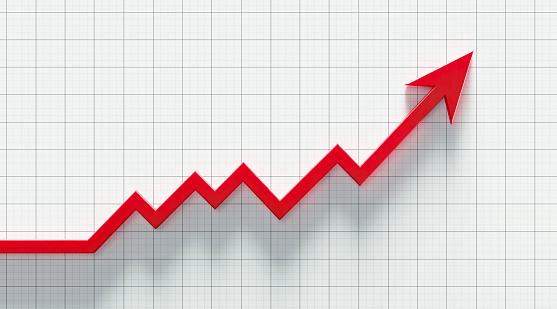According to this report the global HVAC market attained a value of USD nearly 198.45 billion in 2021. Aided by the development of energy-efficient HVAC system, the market is projected to further grow at a CAGR of 5.1% between 2022 and 2027 to reach a value of around USD 278.96 billion by 2027.
Heating, Ventilation, and Air Conditioning (HVAC) refers to various technologies that control the temperature, humidity, and purity of the air in an enclosed space by replacing or exchanging the air between indoor and outdoor spaces. These systems offer thermal comfort in various end uses, including residences, offices, halls, and transport systems by maintaining an optimum temperature. The heating system absorbs the heat from outside and pulls it inside while the cooling system acts in reverse. The ventilation system provides oxygen replenishment and removes moisture, smoke, heat, dust, and carbon dioxide, among others. A smart HVAC system also offers remote access, energy efficiency, lower electricity bills, and better temperature variability. The various equipment in HVAC are heat pumps, boilers, furnaces, ventilation fans, air filters, cooling towers, air conditioners, and VRF systems, among others.
The growing population, improved living standards, and rapid urbanisation are leading to the increasing installation of HVAC systems, thereby contributing to the market growth. The rising construction activities and the development of energy-efficient buildings are resulting in the market expansion of HVAC. The prevalence of extreme weather conditions due to global warming is leading to the wide adoption of heaters and air conditioners for thermal comfort. Additionally, the increasing use of HVAC filters by health-conscious customers to filter pollutants or contaminants out of the air and reduce the spread of airborne diseases are likely to favour the market development.
The development of smart HVAC systems with advanced technology such as Bluetooth, voice-activated control, and Wi-Fi is leading to the increased adoption of these systems across various end use sectors. The government regulations for proper ventilation to control moisture and reduce the chances of mould growth and structural damage are playing a critical role in the market expansion.
For instance, in 2019, the American Society of Heating, Refrigerating and Air-Conditioning Engineers (ASHRAE) revised the ventilation standards for a home’s living area in ASHRAE Standard 62.2 for the acceptable indoor air quality and ventilation. Over the forecast period, the rising awareness about the importance of environmental sustainability and the efforts taken by the market players to develop energy-efficient HVAC systems that meet high-quality standards are expected to further augment the market growth.
Cookie Consent
We use cookies to personalize your experience. By continuing to visit this website you agree to our Terms & Conditions, Privacy Policy and Cookie Policy.














